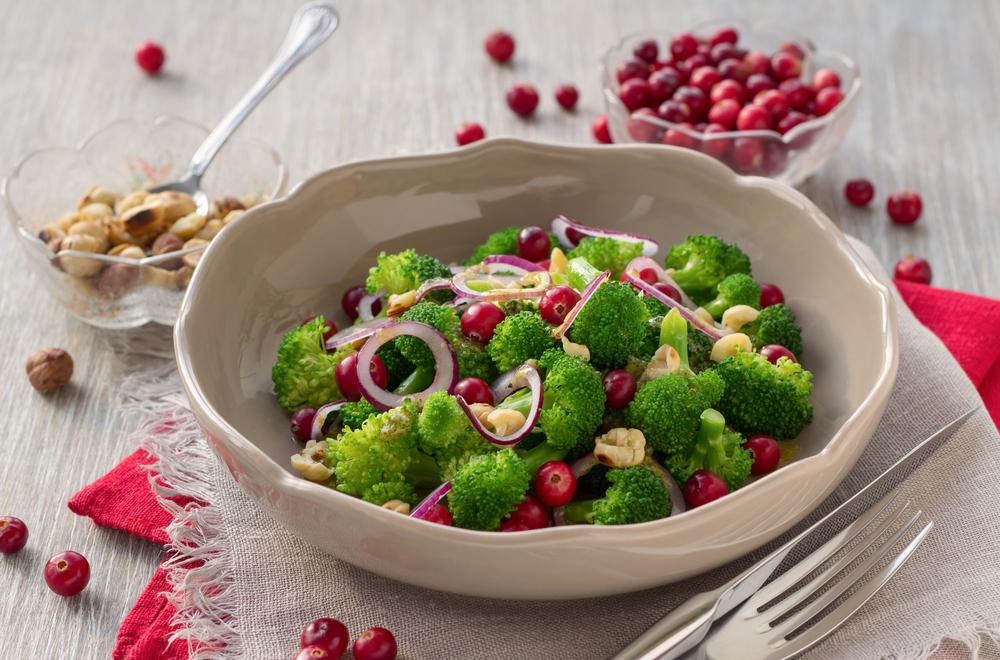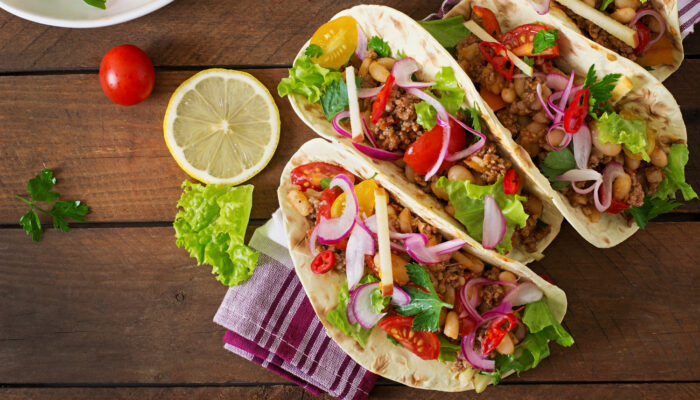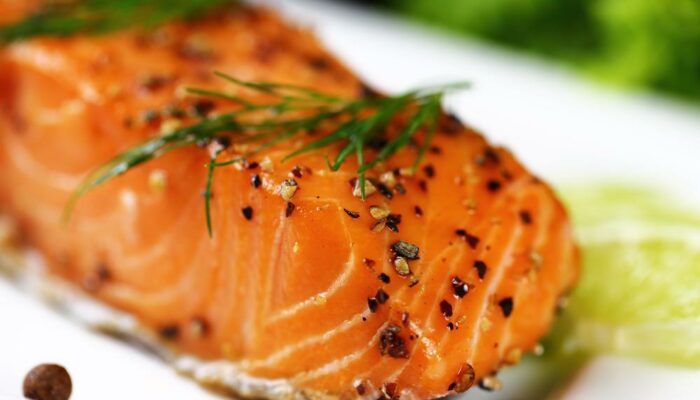
Healthy Snack Options for Cancer Patients
A crucial aspect of successful cancer treatment is an effective diet and nutrition plan. A healthy diet plays a vital role in enabling patients to maintain healthy body weight, boost energy and strength, and replace lost tissue. It also helps them to cope with the side effects of chemotherapy, radiation, or other treatments, recover faster, and improve immunity during and after treatment programs. Consuming nutritious main meals is important, along with ensuring a diet that includes healthy snacks for cancer patients.
The patient may be unable to eat complete meals at regular mealtimes, but it’s important to maintain a good level of protein, carbohydrate, and fluid intake. Caregivers tend to become stressed when cancer patients are unable to eat, which can result in conflict, unintentionally compelling the patient to eat, and a display of annoyance. Both the disease and its treatment can affect the eating habits and appetite of the patient, and it can typically be seen in the form of the following:
- Loss of appetite
- Intolerance to spicy, hot, greasy, or acidic foods
- Weight loss
- A desire for certain foods coupled with an inability to enjoy them
- Changes in the senses of smell and taste
- Trouble swallowing
- Nausea and vomiting
- Constantly feeling full and heavy
- Sensitivity to metal crockery/cutlery
Here are some sound snack options and snacking tips for cancer patients:
1. Smaller meals and frequent snacks
Eating smaller portions and frequent meals is a better option during and after cancer treatment. While a regular schedule is helpful when there is no feeling of hunger at all, eating habits can vary for each case. Snacks for cancer patients provide bite-sized portions with greater variety as compared to a full meal. Another advantage of snacking is that patients can eat whenever they feel hungry. Keeping a selection of healthy snacks handy ensures that the patient can eat whenever and wherever hunger pangs occur. A range of snacks can be stored in the fridge or pantry for cancer patients; these should be easily accessible and shouldn’t need much preparation. A general rule is to avoid too much sugar, salt, caffeine, and alcohol.
2. Consume high-calorie snacks
Dry/canned fruit, cereals, crackers with butter or jelly, peanut butter, thick shakes, puddings, granola bars, trail mix, and such. There is no need to be concerned about cholesterol at this point since the patient can always resume a low-fat diet when they regain a healthy appetite.
3. Protein-rich snacks
The patient can have hard-boiled eggs, chicken or tuna portions, beans, nuts and seeds, cheese, lean meats, fish, milk, and yogurt.
4. Fruits and vegetables
Doctors recommend eating at least 2.5 cups of fruits and vegetables a day. Colorful salads and bowls of chopped fruit provide visual appeal to stimulate appetite and also provide dietary fiber, vitamins, and other healthy nutrients.
5. Fluids
Freshly-squeezed juices, smoothies, soups, and plenty of water are good options. It’s important to stay hydrated because diarrhea and constipation are common side-effects of cancer treatment. However, fluids should be avoided during a meal as it can make the patient feel full too early.



